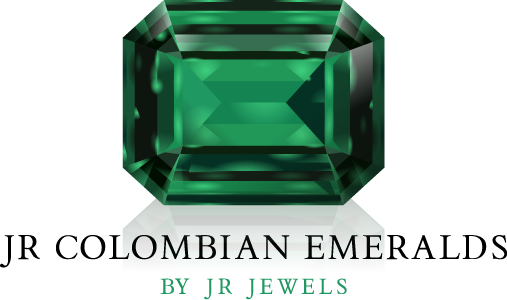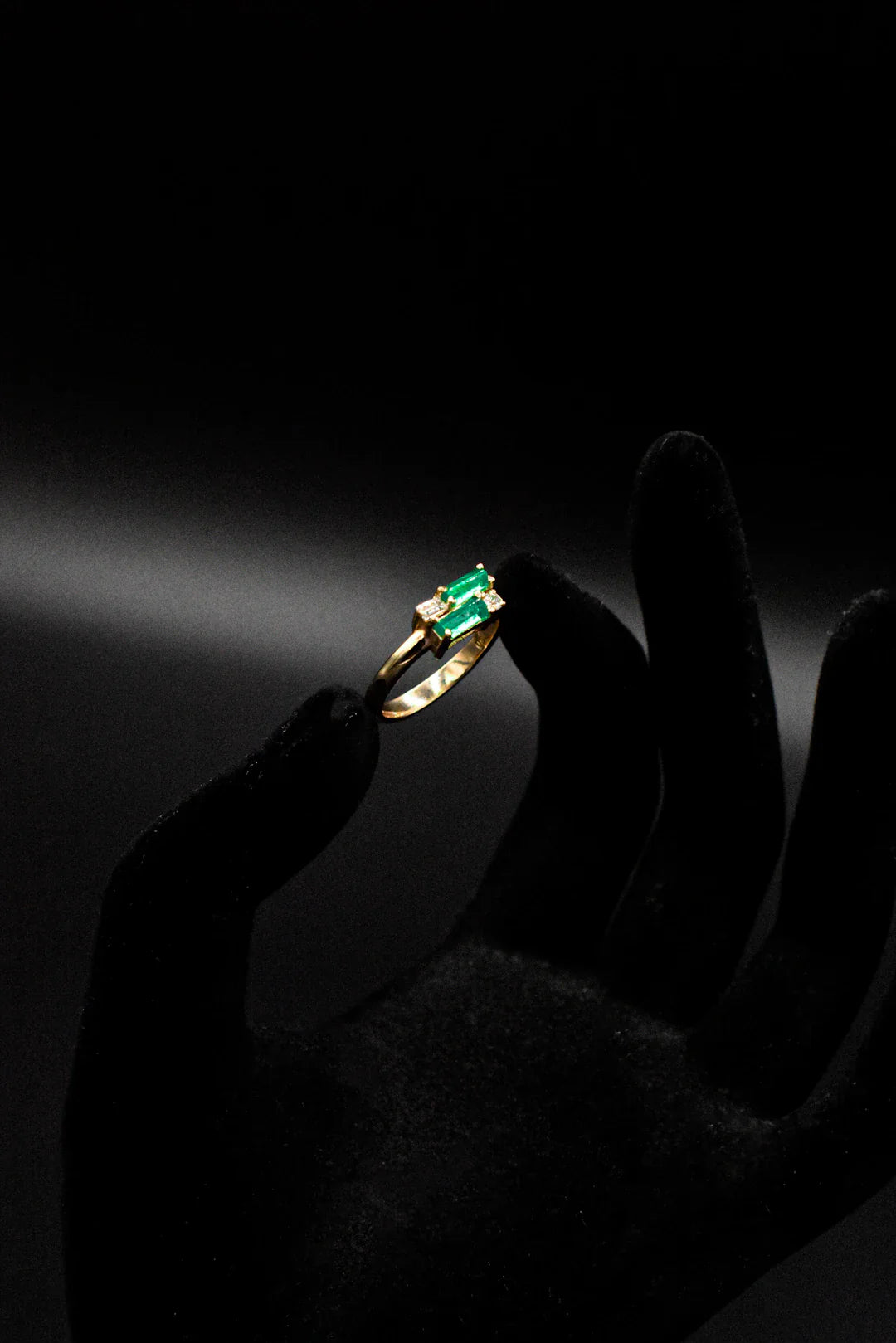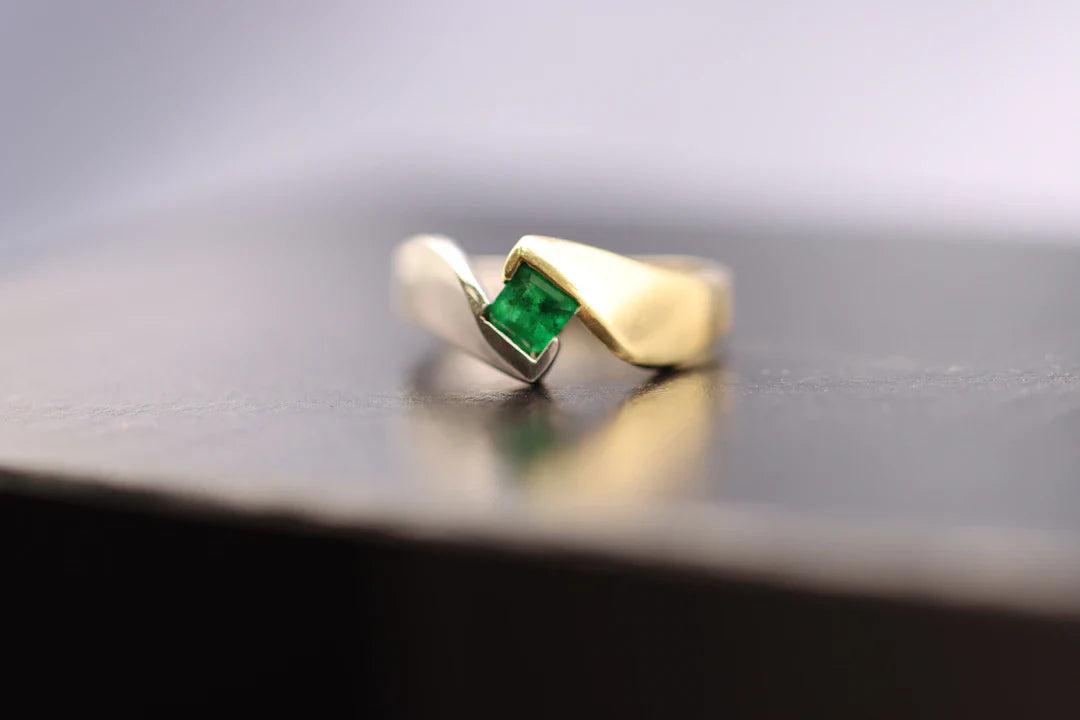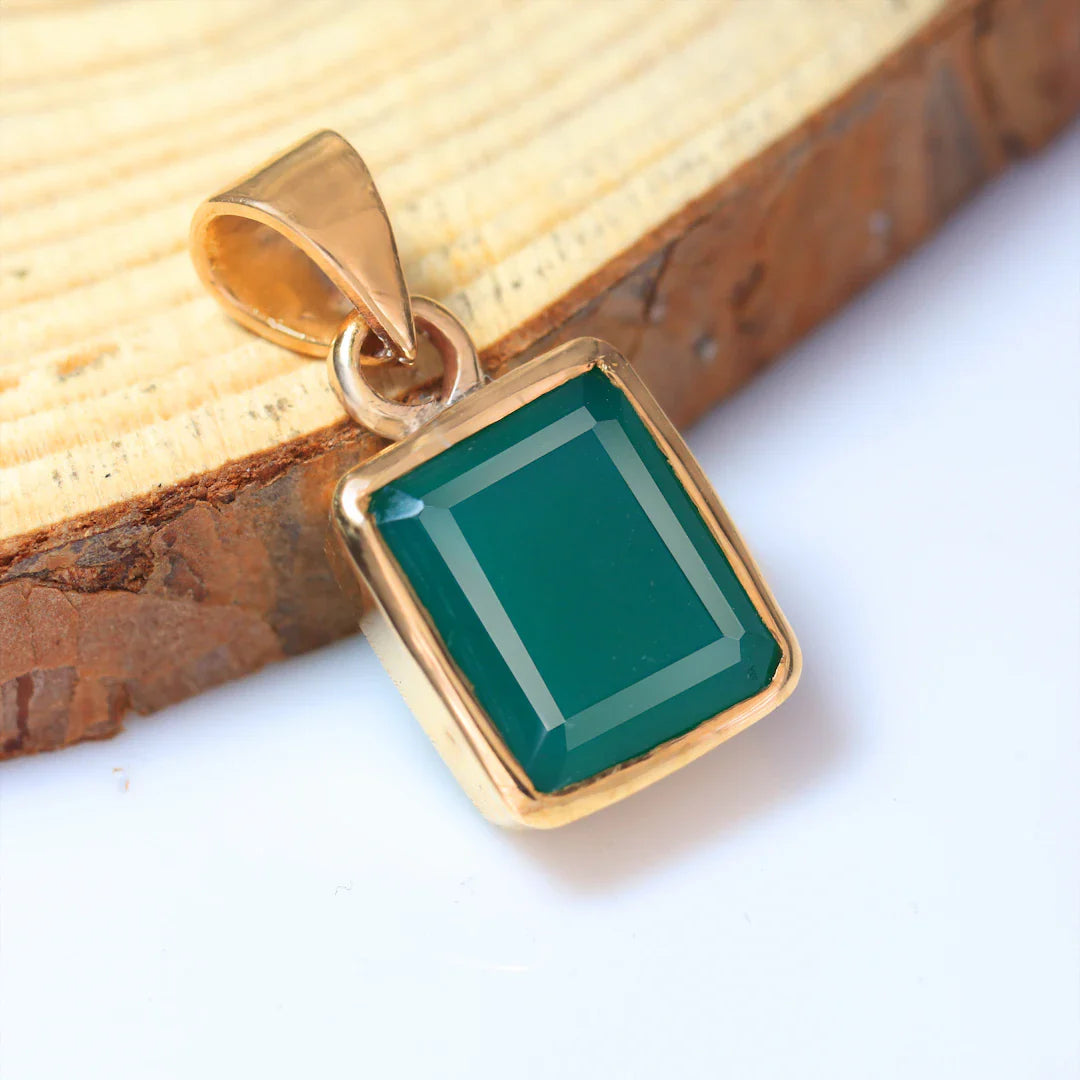Overview
This guide covers the essential factors for selecting emerald rings, focusing on the Four Cs (Carat, Cut, Color, Clarity), the importance of gemstone treatment and origin, popular ring settings, and maintenance tips. Understanding these qualities will help you make informed decisions when purchasing emeralds.
Frequently Asked Questions
1. What are the Four Cs of emeralds?
2. Why is carat weight important when purchasing emerald rings?
3. What should I look for in an emerald's cut?
4. How do inclusions affect the value of an emerald?
5. What types of settings are popular for emerald rings?
Emeralds have captivated hearts for centuries, not just because of their breathtaking beauty but also due to their mesmerizing story that intertwines nature, culture, and art. Particularly, emerald rings have gained immense popularity among those who appreciate colored gemstones. However, not all emeralds are created equal. Understanding the different qualities of emeralds is crucial for making an informed purchase. This guide will take you through key factors, tips, and insights on what to look for in emeralds, especially if you're considering an emerald ring.
Demystifying Emerald Quality: The Four Cs
Most gemstones are evaluated based on a system known as the Four Cs: Carat, Cut, Color, and Clarity. This metric is equally applicable when assessing emeralds, but with some specific nuances to consider.
Carat Weight
Carat weight refers to the size of the emerald and can significantly impact its price. Larger emeralds are rarer than other gemstones, meaning the value increases as carat weight rises. Keep in mind that when purchasing emerald rings, the total weight of the emerald might vary even among rings of the same size, due to differing cuts.
- Smaller Emeralds: Generally more affordable, making them suitable for budget-conscious buyers.
- Mid-Range Emeralds: Often sizes between 1 to 3 carats strike a balance between affordability and size.
- Large Emeralds: While stunning, larger stones can be quite pricey, often in the thousands per carat.
Cut: More Than Just a Shape
The cut of an emerald plays a pivotal role in its beauty. Unlike diamond cuts that focus primarily on brilliance, emerald cuts (also known as step cuts) emphasize clarity and color. The facets of an emerald cut are designed to showcase its rich green color while minimizing the appearance of inclusions. When considering emerald rings, focus on the following:
- Symmetry: Look for stones that are evenly proportioned to catch light beautifully.
- Depth: A well-cut emerald should have a balanced depth to enhance its overall appeal.
- Polish: A high-quality polish will enhance the emerald's luster, making it more visually appealing.
Color: The Heart of the Emerald
Emeralds are famously known for their vibrant green hue, but color quality can vary widely. The ideal emerald is a deep, vivid green, often with a slight bluish tint. When assessing emeralds for rings, keep these factors in mind:
- Hue: The primary green color should be pure and rich.
- Saturation: Look for a balance of darkness and brightness—too dark may obscure clarity, while too light may diminish overall impact.
- Color Distribution: Consistency in the color throughout the stone enhances its visual appeal.
Clarity: Embracing Inclusions
Inclusions, often referred to as "jardin" (French for "garden"), are natural imperfections found in emeralds. Unlike diamonds, the presence of these inclusions is generally accepted in emeralds, as they add character. However, the quantity and nature of inclusions can affect the value and aesthetic:
- Eye-Clean: Emeralds with minimal inclusions visible to the naked eye are rarer and more valuable.
- Inclusion Types: Some inclusions may actually enhance the beauty of the gemstone, giving it unique charm.
Understanding Treatment and Enhancement
Almost all emeralds undergo some form of treatment to enhance their color and clarity. Oil treatment is particularly common; it fills surface cracks with oil to improve appearance. Consider the following when seeking emerald rings:
- Natural vs. Treated: Determine whether the emerald is natural or has been enhanced. Treated stones are often more affordable but may require more care.
- Disclosure: Reputable dealers will disclose any treatments the emerald has undergone.
The Gemstone's Origin: The Colombian Edge
Emeralds are sourced from various locations, but Colombian emeralds are often considered the best due to their vibrant color and superior clarity. When searching for the perfect emerald ring, keep an eye out for these renowned origins:
- Colombia: Known for rich, vibrant green gemstones. Colombian emeralds usually exhibit fewer inclusions than their counterparts from other regions.
- Zambia: Offering deep green colors, Zambian emeralds have more inclusions but can be a more affordable option.
- Brazil: Produces a variety of shades, but typically doesn't reach the same level of vibrant green.
Recognizing Quality Certifications
When investing in an emerald ring, it’s beneficial to ensure the stone comes with a reputable certification. Here are a few well-known laboratories that assess emerald quality:
- Gemological Institute of America (GIA): Known for rigorous grading standards.
- International Gemological Institute (IGI): Offers comprehensive evaluations on gemstone quality.
- Agl (American Gemological Laboratories): Closely examines treatment methods used for emeralds.
Setting Your Emerald: Types for Rings
The setting of an emerald in a ring can significantly influence its overall appearance and security. Consider these popular options:
- Prong Setting: Elevates the emerald, allowing maximum light to enter.
- Bezel Setting: Surrounds the emerald, providing extra protection and security.
- Halos: Accent stones encircling the emerald can amplify its beauty and value.
Maintaining Your Emerald Rings
Once you've purchased an emerald ring, proper care is essential to maintain its beauty. Here are some tips to keep in mind:
- Avoid Harsh Chemicals: Clean the emerald gently with warm, soapy water. Avoid harsh detergents that may damage the stone.
- Regular Inspections: Periodically check the settings to ensure the emerald is secure.
- Store Properly: Keep your emerald rings in a soft cloth or separate compartment in your jewelry box to prevent scratches.
Your Elevated Emerald Experience
Choosing the right emerald requires a blend of knowledge, patience, and a touch of personal taste. By understanding the essential qualities of emeralds and considering the intricacies involved in selecting emerald rings, you will be empowered to make informed decisions. Above all, remember that each emerald is unique, much like the individual who wears it. Embrace the journey of finding the gemstone that resonates with you, and carry its splendor in every emerald ring you adorn.




Leave a comment
This site is protected by hCaptcha and the hCaptcha Privacy Policy and Terms of Service apply.